“TRANSFORMER”- one of oldest innovations
in Electrical Engineering. A Transformer is an electrical device that
can be used to transfer the power from one circuit and another circuit
without physical contact and without changing its characteristics like
frequency, phase. It is an essential device in every electrical network
circuitry. It consists majorly two circuits, namely primary circuit and
one or more secondary circuit. Please refer the link Everything You Need to Know About Transformers & Working of Transformer. In this discussion, we deal with different types of transformers.
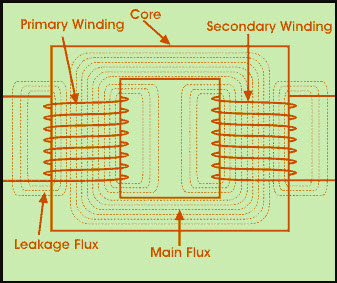
Working Principle of Transformer
The transformer working depends upon
Faraday’s electromagnetic induction law. The mutual induction phenomenon
between two or more winding is responsible for power transformation.
According to Faraday’s laws, “The Rate
of change of flux linkage with respect to time is directly proportional
to the EMF induced in a conductor or coil”.
E= N dϕ /dt
Where,
E = Induced EMF
N = the number of turns
dϕ = Change in flux
dt = Change in time
Types of Transformers
There are several transformer types used
in the electrical power system for different purposes, like in power
generation, distribution and transmission and utilization of electrical
power. The transformers are classified based on voltage levels, Core
medium used, winding arrangements, use and installation place, etc. Here
we discuss different types of transformers are the step up and step
down Transformer, Distribution Transformer, Potential Transformer, Power
Transformer, 1-ϕ and 3-ϕ transformer, Auto transformer, etc.
Transformers Based on Voltage Levels
These are the most commonly used
transformer types for all the applications. Depends upon the voltage
ratios from primary to secondary windings, the transformers are
classified as step-up and step-down transformers.
Step-Up Transformer
As the name states that, the secondary
voltage is stepped up with a ratio compared to primary voltage. This can
be achieved by increasing the number of windings in the secondary than
the primary windings as shown in the figure. In power plant, this
transformer is used as connecting transformer of the generator to the
grid.
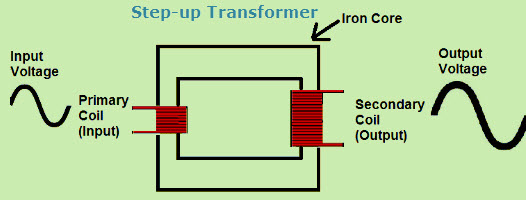
Step-Down Transformer
It used to step down the voltage level from lower to higher level at secondary side as shown below so that it is called as a step-down transformer. The winding turns more on the primary side than the secondary side.
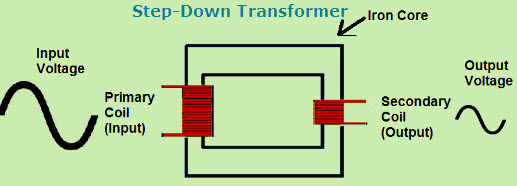
In distribution networks, the step-down
transformer is commonly used to convert the high grid voltage to low
voltage that can be used for home appliances.
Transformer Based on the Core Medium Used
Based on the medium placed between the primary and secondary winding the transformers are classified as Air core and Iron core
Air Core Transformer
Both the primary and secondary windings
are wound on a non-magnetic strip where the flux linkage between primary
and secondary windings is through the air.
Compared to iron core the mutual
inductance is less in air core, i.e. the reluctance offered to the
generated flux is high in the air medium. But the hysteresis and eddy
current losses are completely eliminated in air-core type transformer.
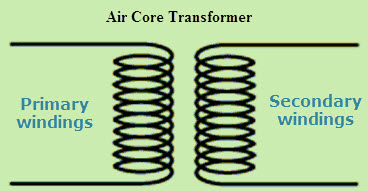
Iron Core Transformer
Both the primary and secondary windings
are wound on multiple iron plate bunch which provide a perfect linkage
path to the generated flux. It offers less reluctance to the linkage
flux due to the conductive and magnetic property of the iron. These are
widely used transformers in which the efficiency is high compared to the
air core type transformer.
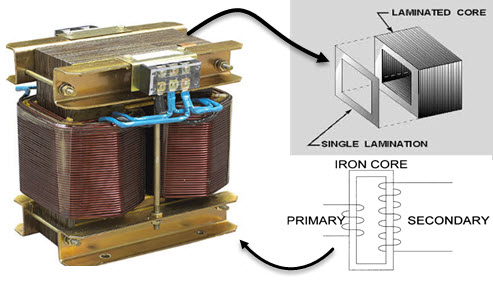
Transformers Based on Winding Arrangement
AutoTransformer
Standard transformers have primary and secondary windings placed in two different directions, but in autotransformer
windings, the primary and the secondary windings are connected to each
other in series both physically and magnetically as shown in the figure
below.
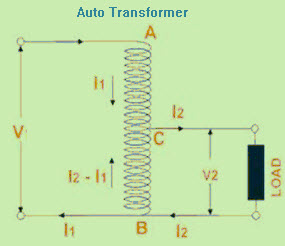
On a single common coil which forms both
primary and secondary winding in which voltage is varied according to
the position of secondary tapping on the body of the coil windings.
Transformers Based on Usage
According to the necessity, these are
classified as the power transformer, distribution transformer measuring
transformer, and protection transformer.
Power Transformer
The power transformers
are big in size. They are suitable for high voltage (greater than 33KV)
power transfer applications. It used in power generation stations and
Transmission substation. It has high insulation level.

Distribution Transformer
In order to distribute the power
generated from the power generation plant to remote locations, these
transformers are used. Basically, it is used for the distribution of
electrical energy at low voltage is less than 33KV in industrial purpose
and 440v-220v in domestic purpose.
- It works at low efficiency at 50-70%
- Small size
- Easy installation
- Low magnetic losses
- It is not always fully loaded
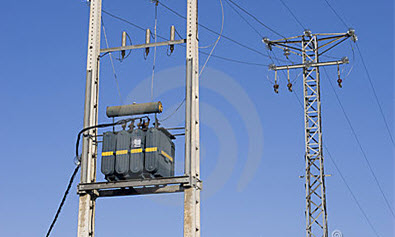
Measurement Transformer
Used to measure the electrical quantity
like voltage, current, power, etc. These are classified as potential
transformers, current transformers etc.
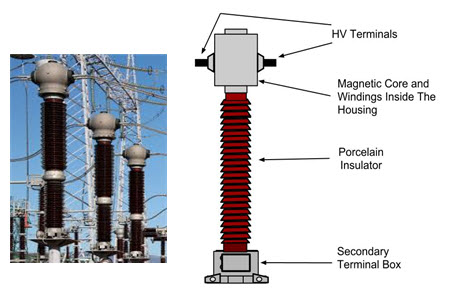
Protection Transformers
This type of transformers is used in
component protection purpose. The major difference between measuring
transformers and protection transformers is the accuracy that means that
the protection transformers should be accurate as compared to measuring
transformers.
Transformers Based on the Place of Use
These are classified as indoor and
outdoor transformers. Indoor transformers are covered with a proper roof
like as in the process industry. The outdoor transformers are nothing
but distribution type transformers.

This is all about the different types of transformers.
We hope that you might have gained some valuable insights and concepts
out of this article, after thoroughly reading it. Furthermore, we
encourage you to share your knowledge on this particular topic or
electrical and electronic projects topics
as that would become a valuable proposition for us. However, for
further details, suggestions, and comments, you can comment in the
comment section below. Here is a question for you what are types of transformers based on usage?

No comments:
Post a Comment